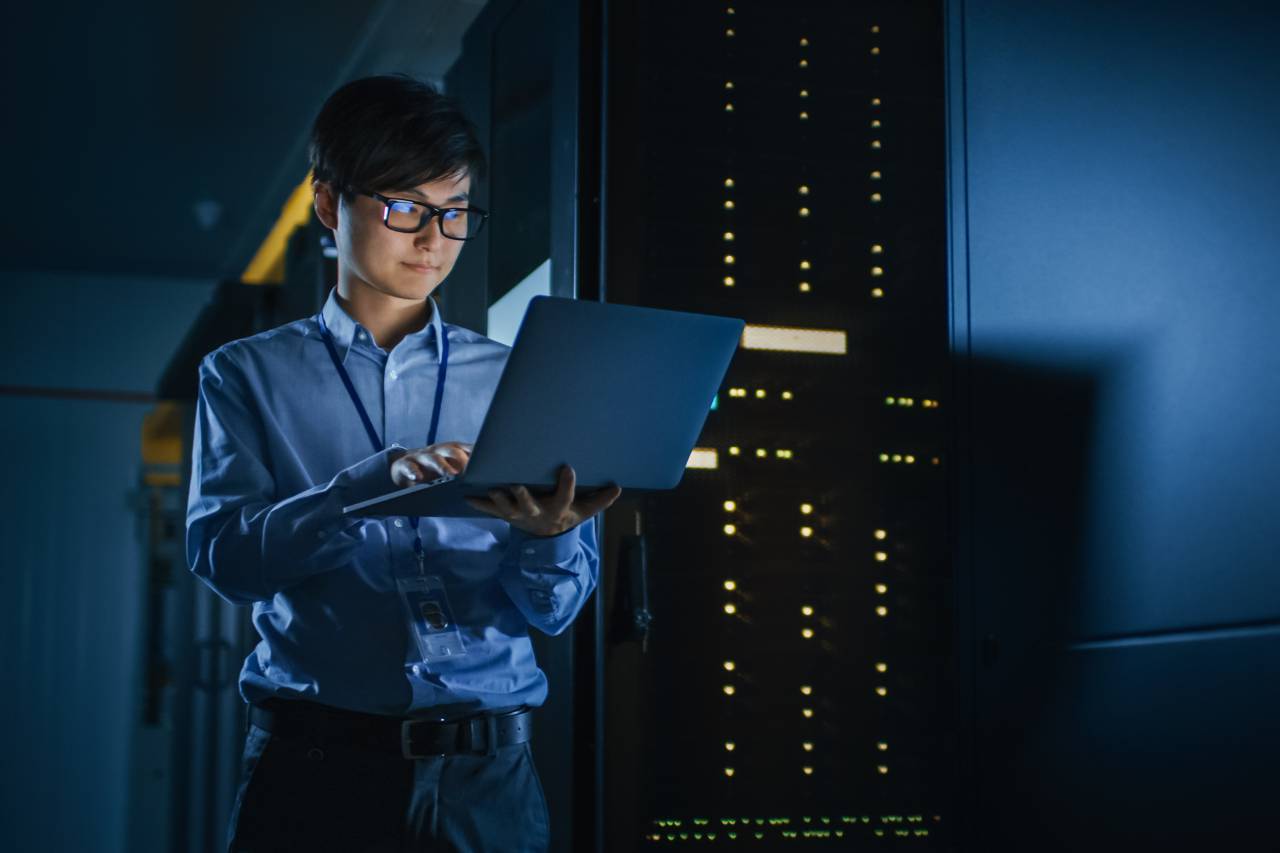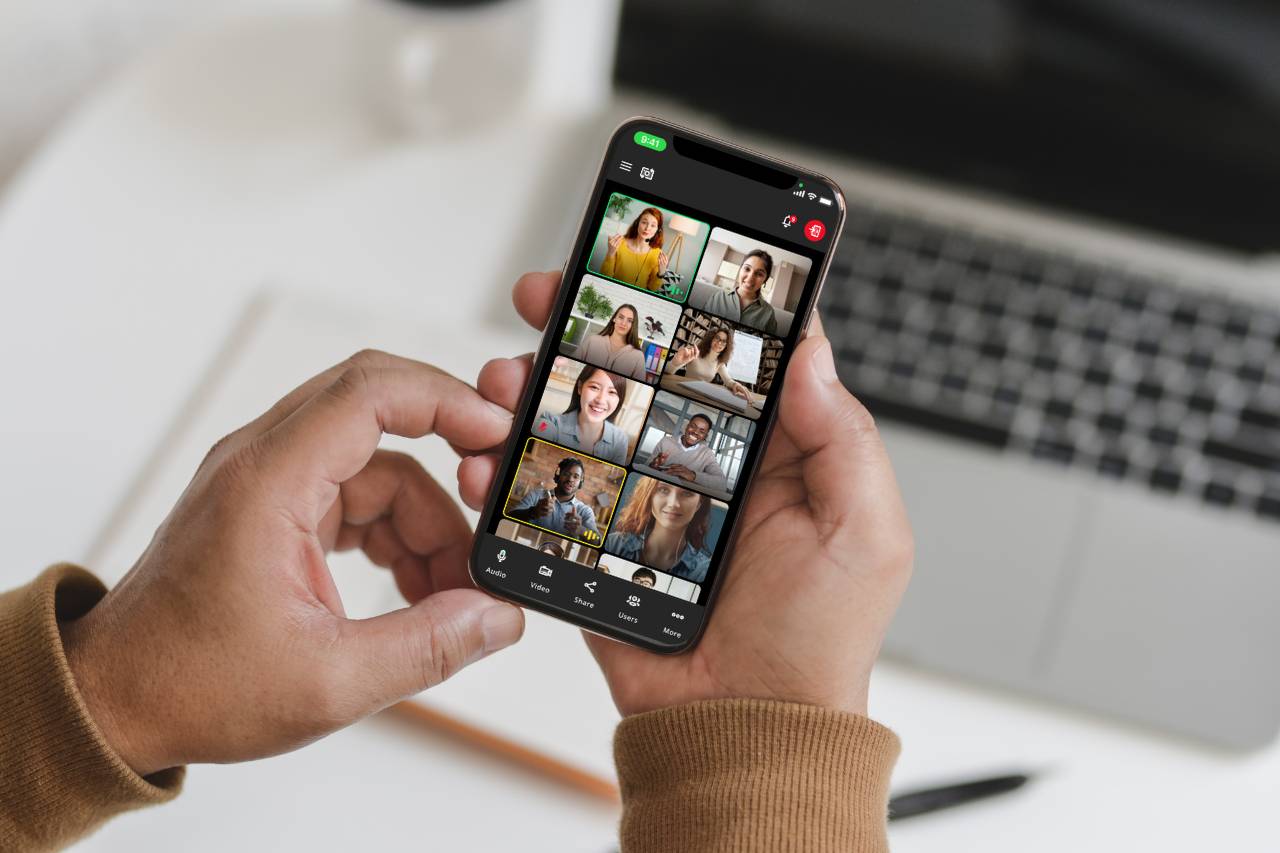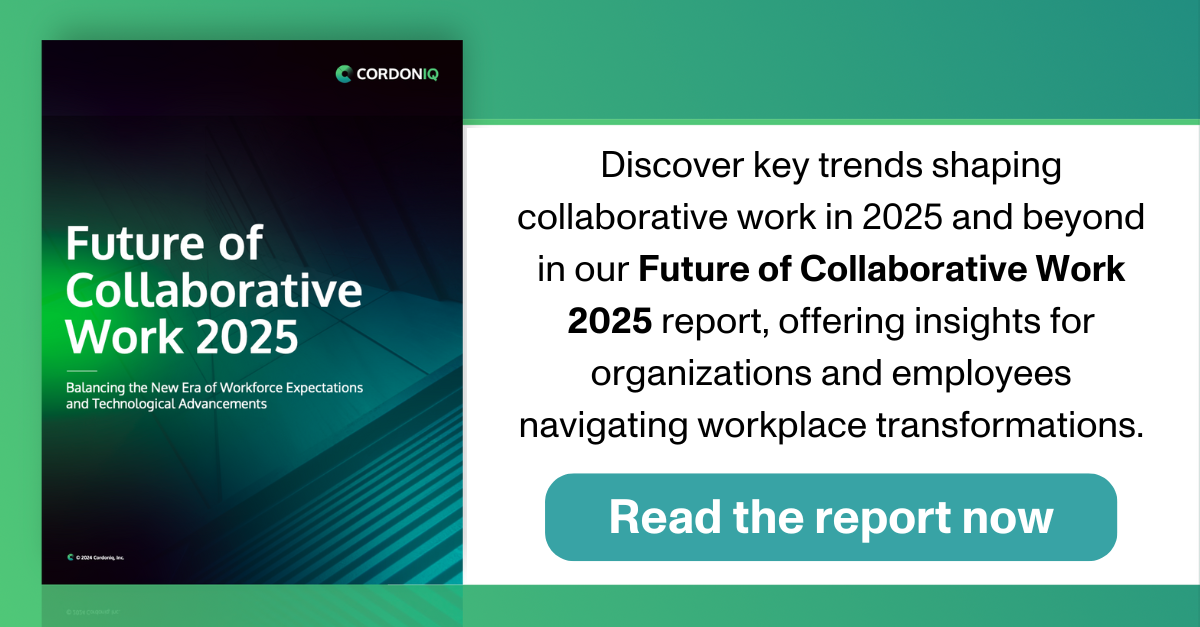In the modern workplace, video conferencing is now a key tool for global teams. Indeed, as Fortune Business Insights reports , “The global video conferencing market size … is projected to grow from USD 33.04 billion in 2024 to USD 60.17 billion by 2032, exhibiting a CAGR of 7.8%.” This expansion has become more pronounced as displaced teams are the norm in many industries. As a result, it’s critical for businesses to choose secure video conferencing to build trust and provide secure communications and collaboration among global teams.
Cybersecurity risks are rising and constantly evolving for organizations of all sizes. According to Cisco’s Cybersecurity Readiness Index report, cybersecurity remains a top concern and a primary challenge for CEOs globally. The report found “more than half of organizations (54%) having experienced a cybersecurity incident in the past year, and three-quarters (73%) of all organizations believing they are likely to be disrupted by a cybersecurity incident in the next 12-24 months.”
Top concerns for global organizations range from ransomware cyberattacks, social engineering and third-party vulnerabilities to AI-based attacks – threats that evolve almost constantly. Meanwhile, the extensive use of global collaboration platforms and tools can expose organizations to more cybersecurity risks, especially when these tools are used to share information and data. But there are steps that organizations can take to thwart bad actors and threats.

Advantages of Secure Video Conferencing for Global Business
Workplace interactions are more effective when all participants have confidence in their work collaborations. Secure video conferencing allows businesses to provide better interactions that build trust among teams and customers, especially in hybrid and remote environments.
Choosing advanced video conferencing platforms rather than standard meeting software carries several key advantages for global teams across many sectors and industries. Some of the main benefits that advanced video conferencing platforms offer include:
- Enhanced communication and collaboration for working teams, at levels that simply aren’t possible with email or audio-only calls
- The ability to conduct face-to-face interactions either one-on-one or in a group to improve understanding and communication even for displaced remote teams
- More opportunities for teams to have real-time collaboration sessions which can increase efficiency and improve decision-making
- Boosted productivity and development of new ideas, as McKinsey and Company reports
- Fewer in-person meetings, saving time and costs associated with travel and commuting
- Less commuting for employees in general, resulting in a reduced carbon footprint and improved sustainability
- Better chances for team building, while increasing trust and employee engagement across displaced teams

Security Considerations in Global Video Conferencing
Global organizations need secure and advanced video conferencing solutions in today’s environment and must choose collaboration tools that can provide what is needed from a security perspective.
Significant amounts of information are exchanged between organizations and representatives during video conferences and meetings, including sensitive data and corporate information. It’s vital that corporate intellectual property is kept secure throughout the process, from the live video meeting itself, to the recording and where the information is uploaded and stored in the cloud. When global teams are involved, firms must also comply with global data protection regulations, such as those recently enacted in the UK and Europe.
Meanwhile, with the further and broader adoption of AI in various solutions, it is now more imperative than ever to ensure that data and information shared or transmitted over cloud solutions are secure.
To fully address security concerns, organizations can consider videoconferencing and collaboration solutions that are secure by design , which means that security measures are a main objective with the product or software starting from the development process and throughout the deployment process. When software products are secure by design, this means that security measures are integrated into every stage as a core foundation of the product in each iteration. The concept is related to the idea that security should “shift left” in the development process.
Conversely, when products are designed with security bolted on as an afterthought, security can be more easily compromised by hackers and cybercriminals. Software and product security must also protect integrations and how devices are connected to other systems and platforms.
Implementing Secure Video Conferencing Software
Organizations can follow some guidelines to help them through the entire process of researching and ultimately implementing advanced secure video conferencing tools that will provide effective and engaging collaboration for their teams while ensuring that data and information can be protected.
Here are some steps organizations can follow to help decide which software to invest in and then how to make sure the product continues to meet their security needs:
✅ Choose the right platform
- Look for products that are secure by design, meaning that security is built into the software from development through deployment and not bolted on as an afterthought.
- Evaluate the product’s security features and compliance certifications.
- Partner with a trusted vendor that works with you to build custom APIs so that platforms and products can be integrated to suit your specific needs.
✅ Look for products with key security features
- True end-to-end encryption for data protection.
- Role-based access controls and participant authentication to reduce unauthorized access and risk.
- Secure file sharing and storage options.
- Multi-factor Authentication that requires multiple forms of verification to access the software.
✅ Provide adequate education and training for teams
- Educate teams on secure video conferencing practices.
- Establish clear guidelines for international video meetings.
✅ Conduct regular security audits and updates for video conferencing tools
- Keep video conferencing software up to date.
- Conduct security assessments of video conferencing especially as new threats arise.
- Consider new risks from emerging technology tools such as AI-enhanced collaboration and other integrations.
